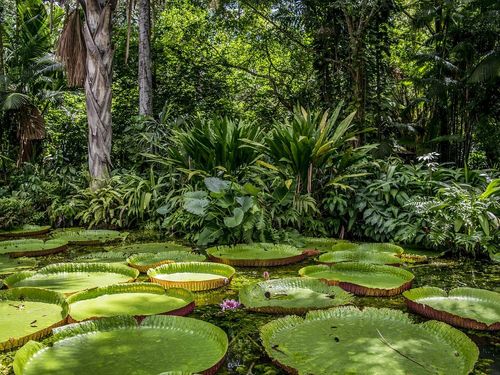The Amazon Basin, renowned for its rich rainforests and varied ecosystems, is now going through one of the most severe droughts in recent years. The early return of this drought beyond predicted levels has had major effects on the surroundings and those dependent on them. While this drought issue is not a new occurrence, its early arrival in Amazon this year is a major concern for all.
The Early Return of Drought
The terrible drought the Amazon Basin is experiencing in 2024 came much sooner than expected. Usually, August and September are the driest months in the Amazon, but this year, the drought started showing up as early as June.
According to the Amazon Cooperation Treaty Organization (ACTO), water levels in various rivers are at their lowest on record for this time of year, which comprises Bolivia, Brazil, Colombia, Ecuador, Guyana, Peru, Suriname, and Venezuela.
The Madeira and Purus basins, which span an area almost equivalent to Mexico, are particularly impacted. According to Brazil's federal water agency, several basins experienced a water deficit in early August. This proclamation occurred more than two months earlier than in 2023, emphasizing the severity and surprising timing of this year's drought.
How Does Drought Affect the Amazon Rainforest?
The effects of drought on the Amazon rainforest are many. The drop in river and stream water levels that disturbs navigation and traffic is among the most urgent consequences. Many villages in the Amazon depend on rivers for mobility; therefore, low water levels may separate them and make it difficult to meet basic needs.
Also, droughts can raise the chances of forest fires. The Amazon rainforest, which is usually humid and moist, becomes more vulnerable to flames during a drought. The greatest drought the Amazon has ever seen in 2023 caused hundreds of fires that suffocated towns with smoke and devastated large tracts of vegetation. With over 25,000 fires recorded from January to late July, this year's fire count already shows concerning rates.
The Amazon's biodiversity suffers as well from drought. Many types of plants and animals are suited to the damp conditions of the rainforest; hence, extended drought may endanger their existence. For instance, during the 2023 drought, river dolphins that are unique to the Amazon suffered considerable losses. The fauna in the area suffers a similar danger from the present drought.
Strategies to Overcome the Crisis
Different governments and businesses are acting to lessen the effects of the drought. States like Acre and Amazonas in Brazil have declared emergencies to organize troops and resources. Among these steps are raising water level monitoring, helping impacted populations, and applying fire safety precautions.
Apart from local initiatives, worldwide collaboration is very essential to solving the Amazon drought. The ACTO is striving to coordinate reactions among members and provide resources and data. Managing the broad and severe effects of the drought depends on this cooperative approach.
The Bottom Line
The early return of severe drought to the Amazon in 2024 calls for urgent international actions targeted towards solving climate change and saving the ecosystem. The state of the Amazon holds a lot of weight, both locally and globally. Preserving this priceless natural resource depends on initiatives to slow down deforestation, fight climate change, and help nearby towns.

